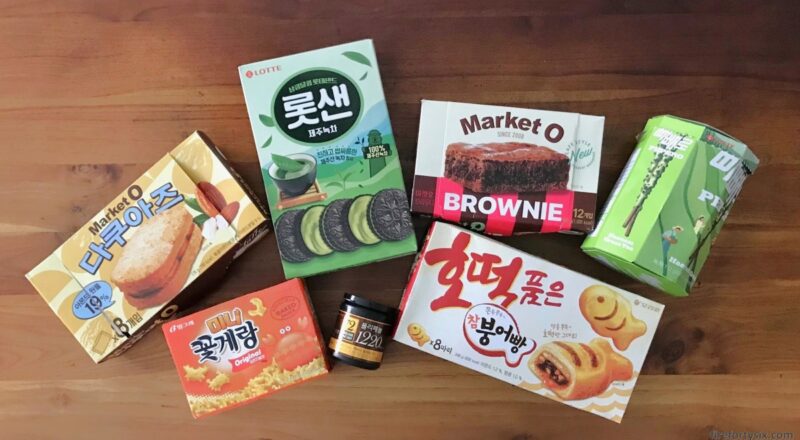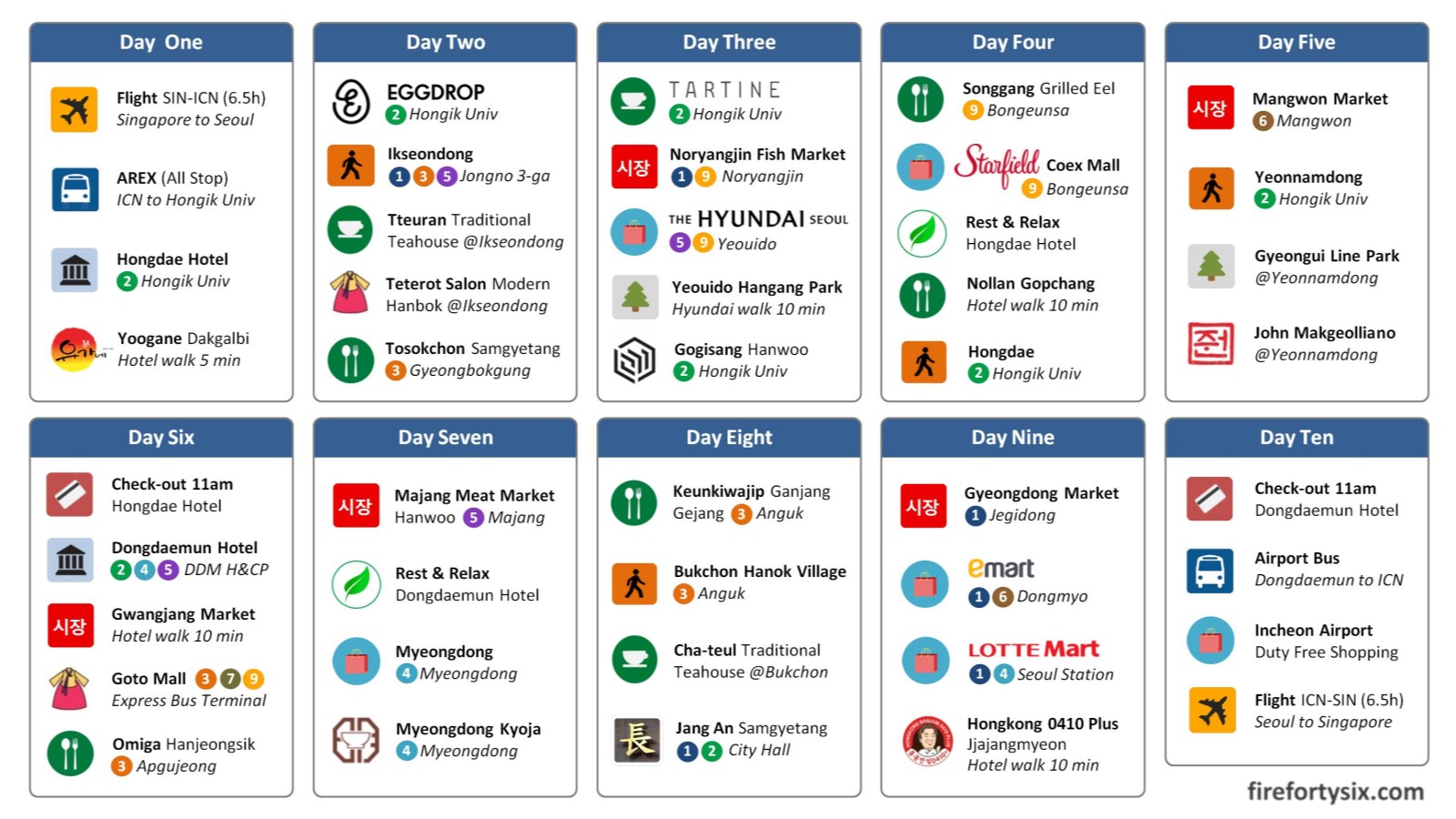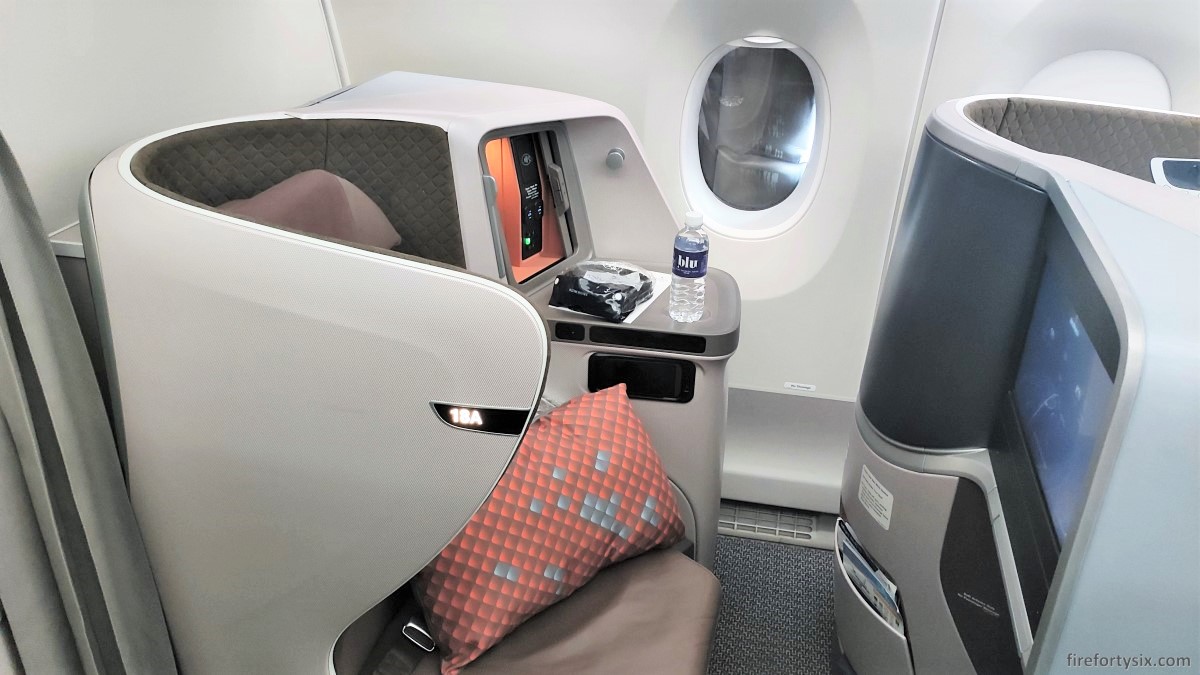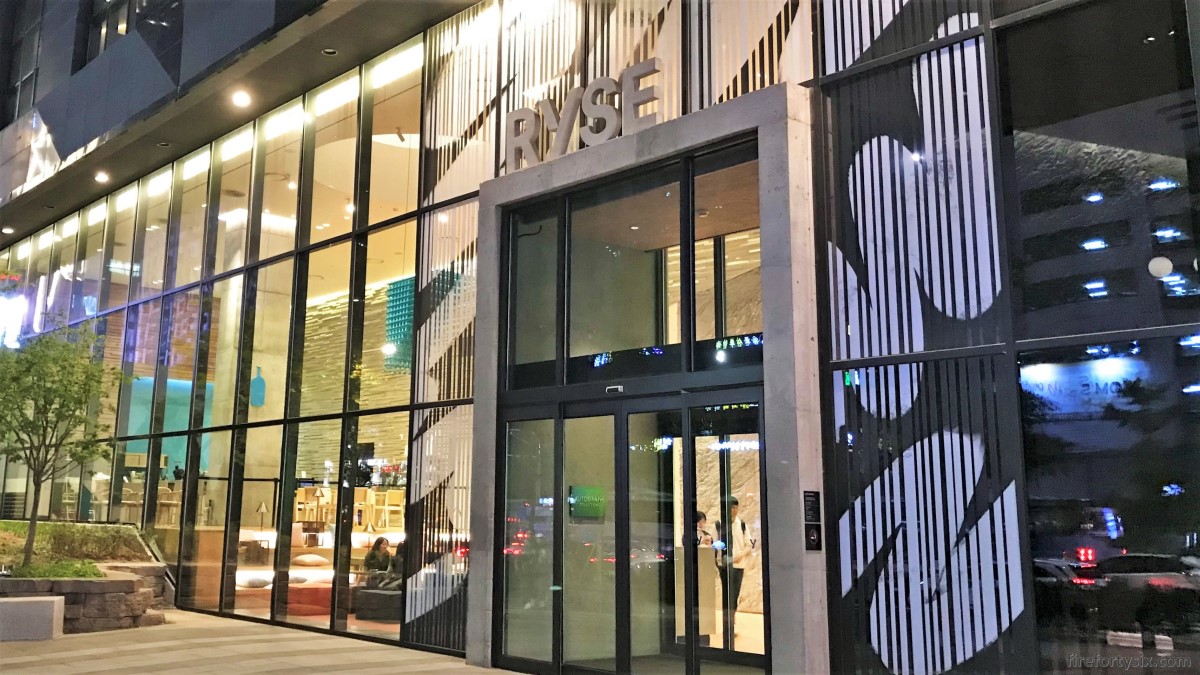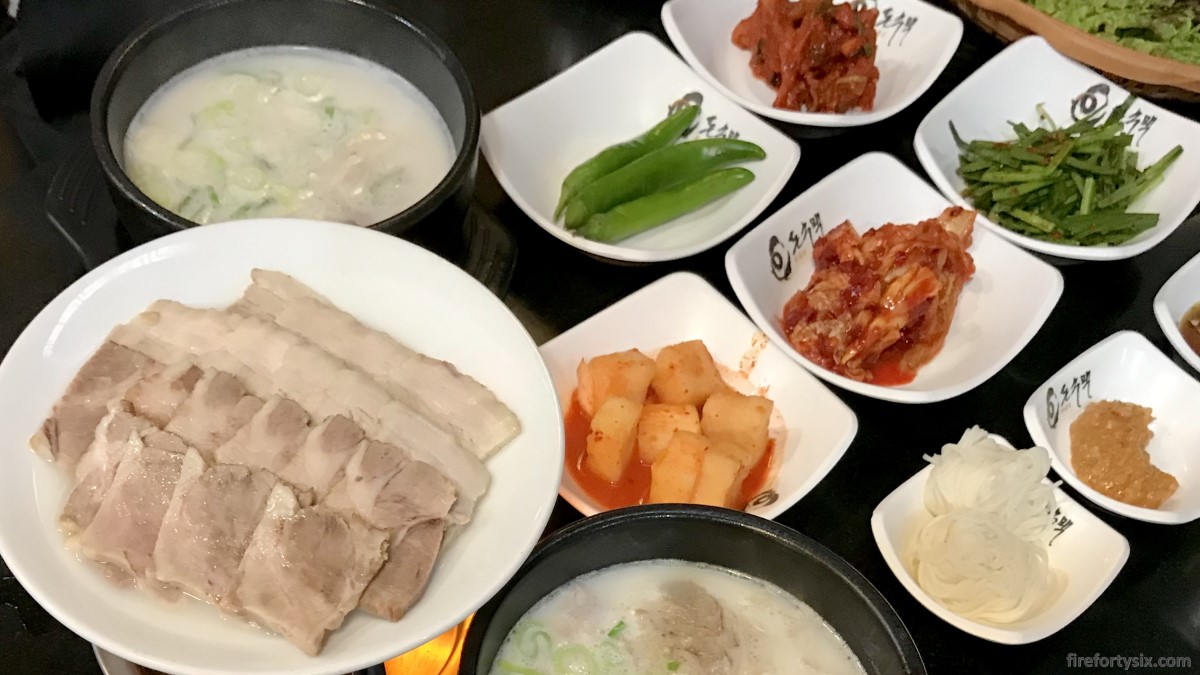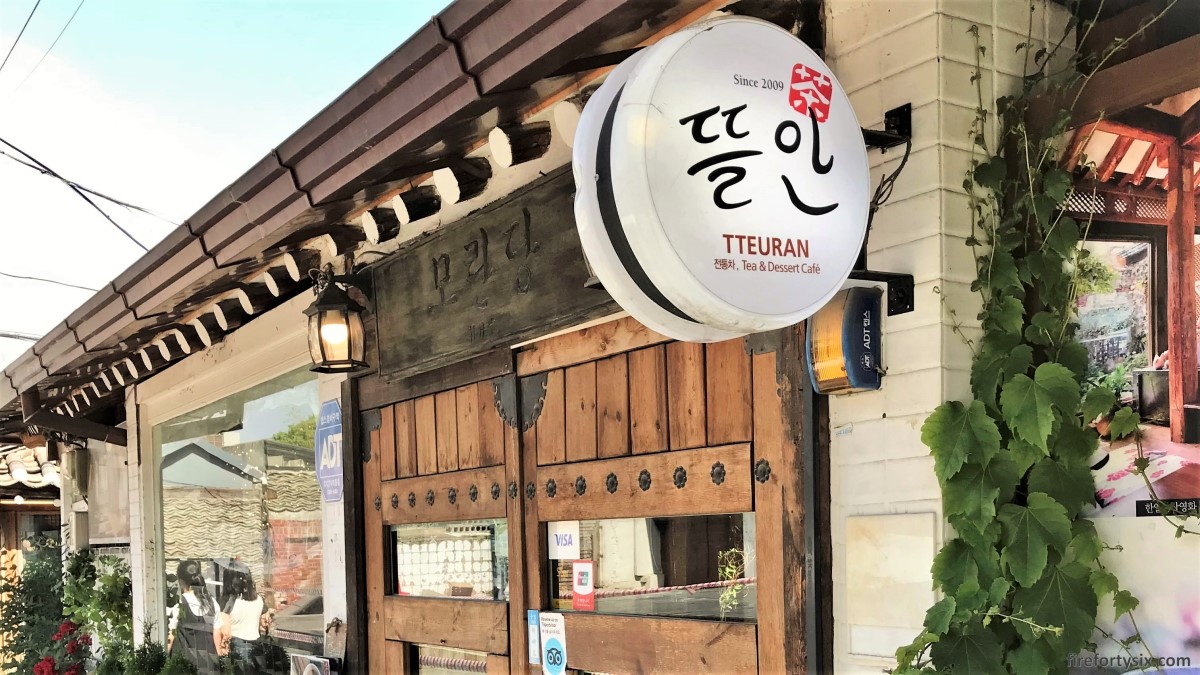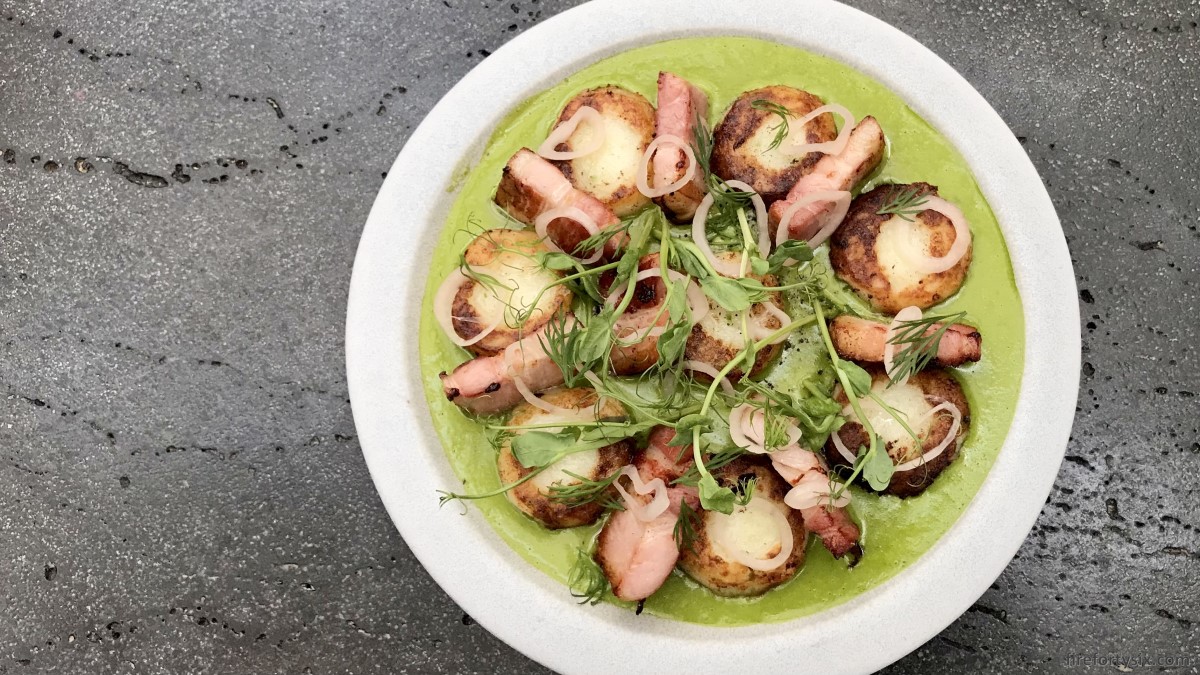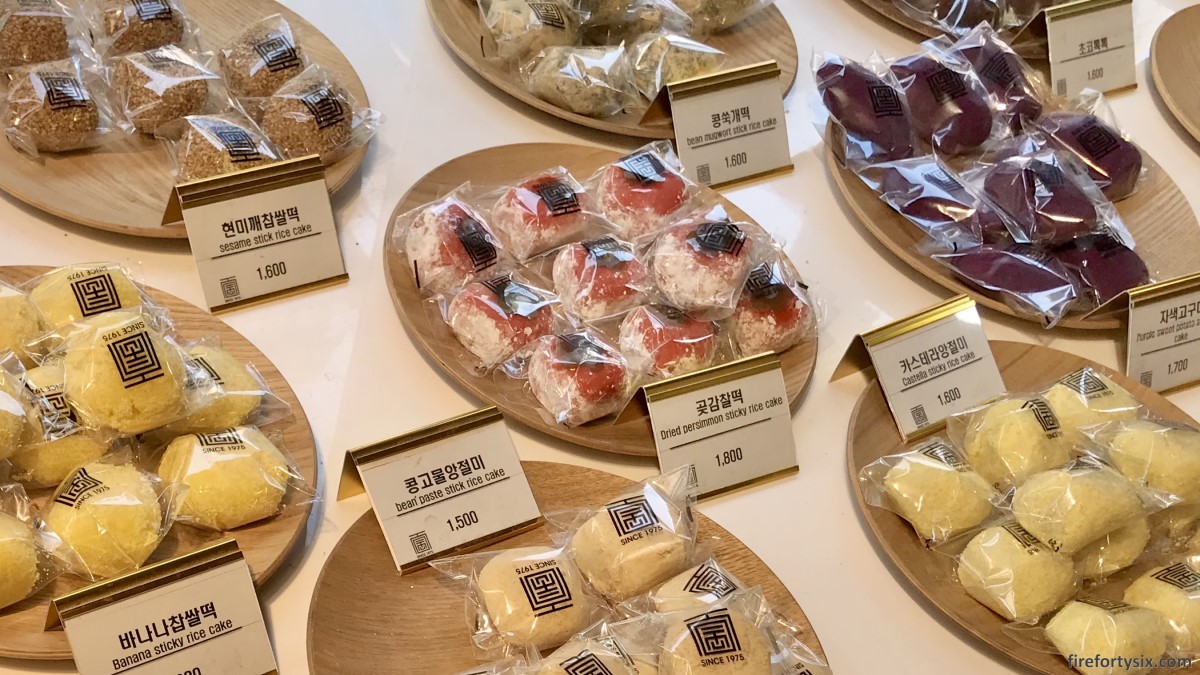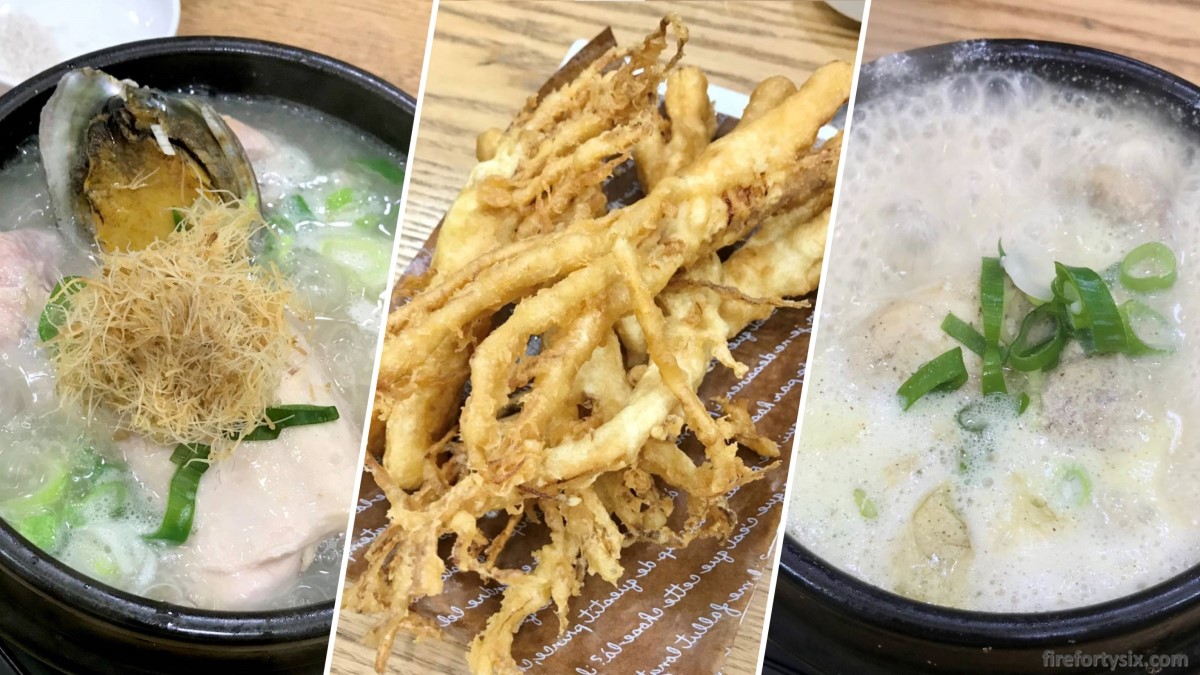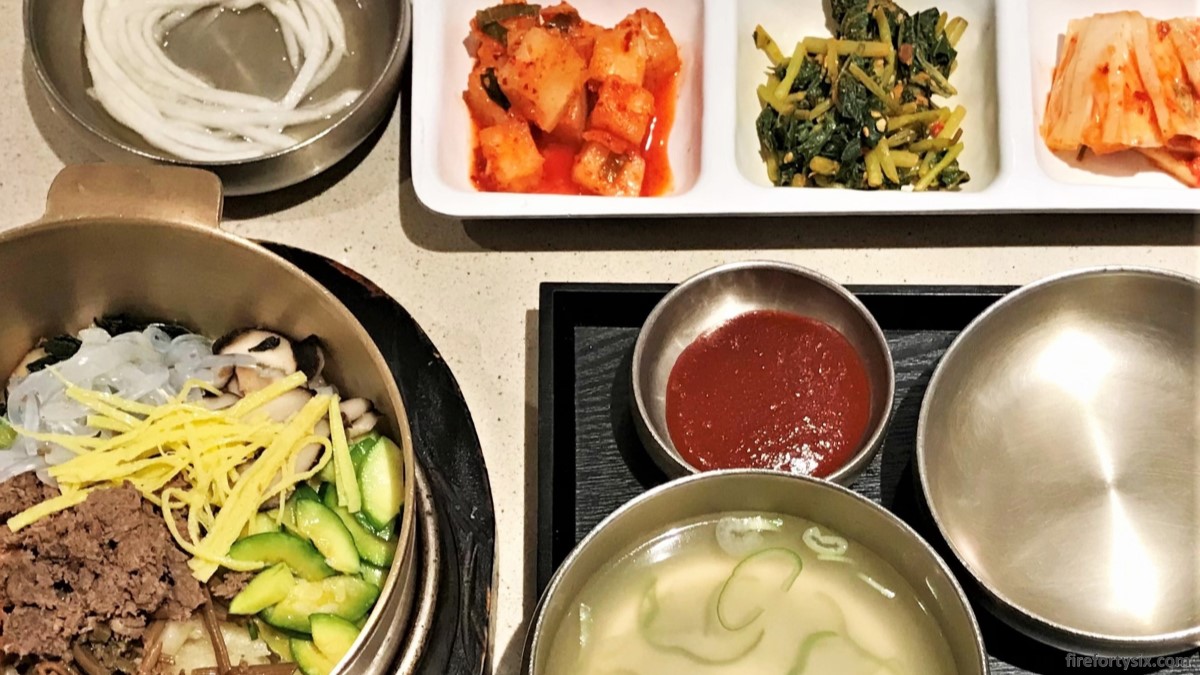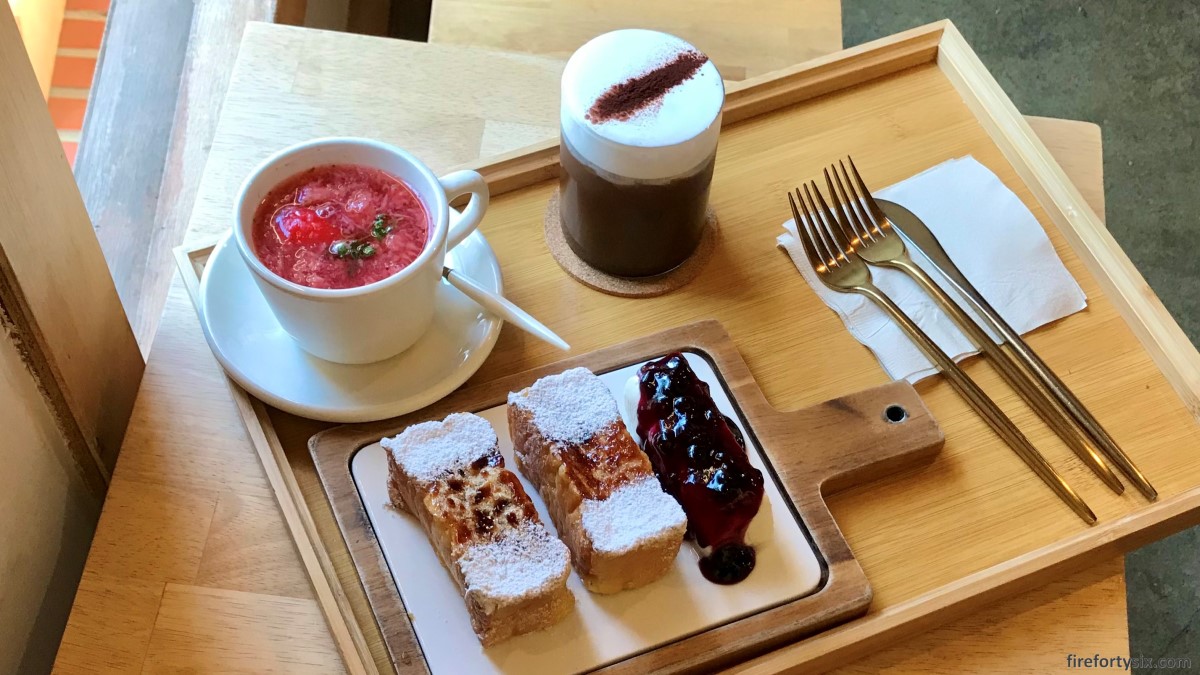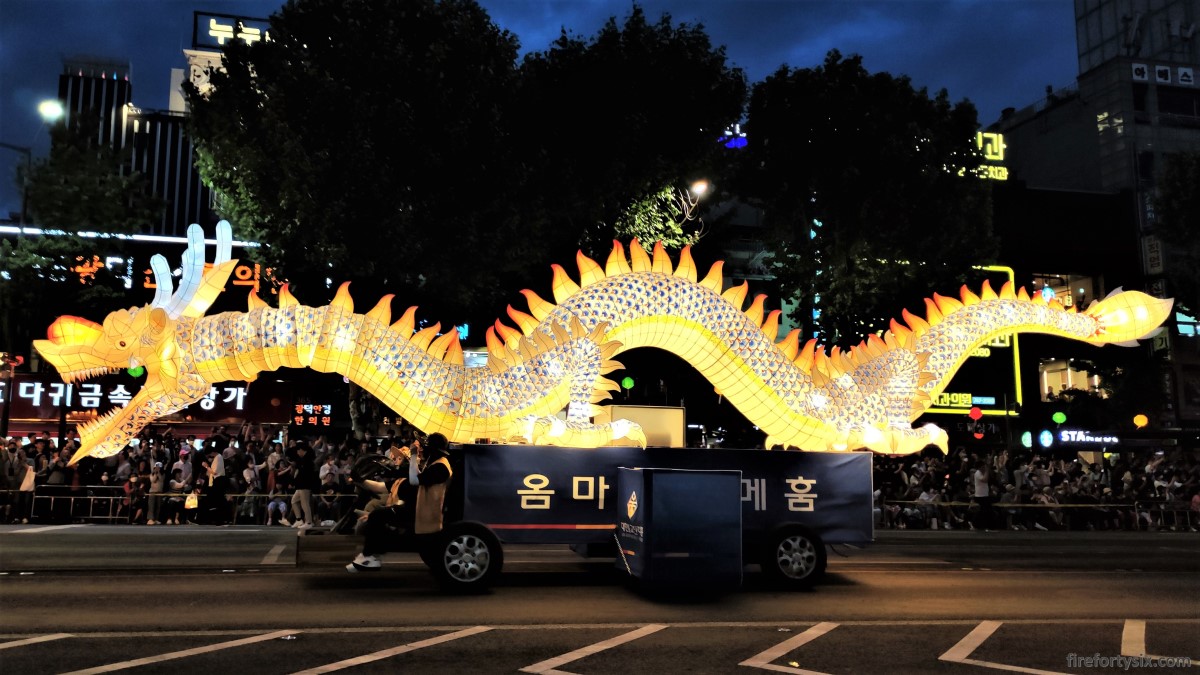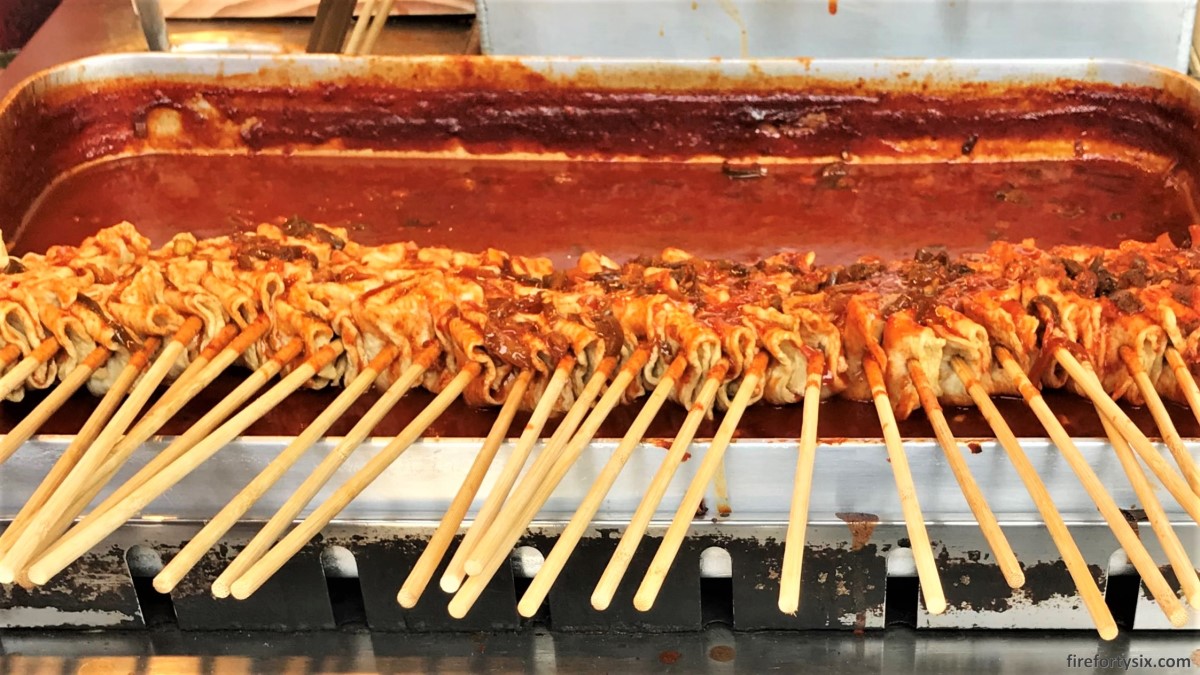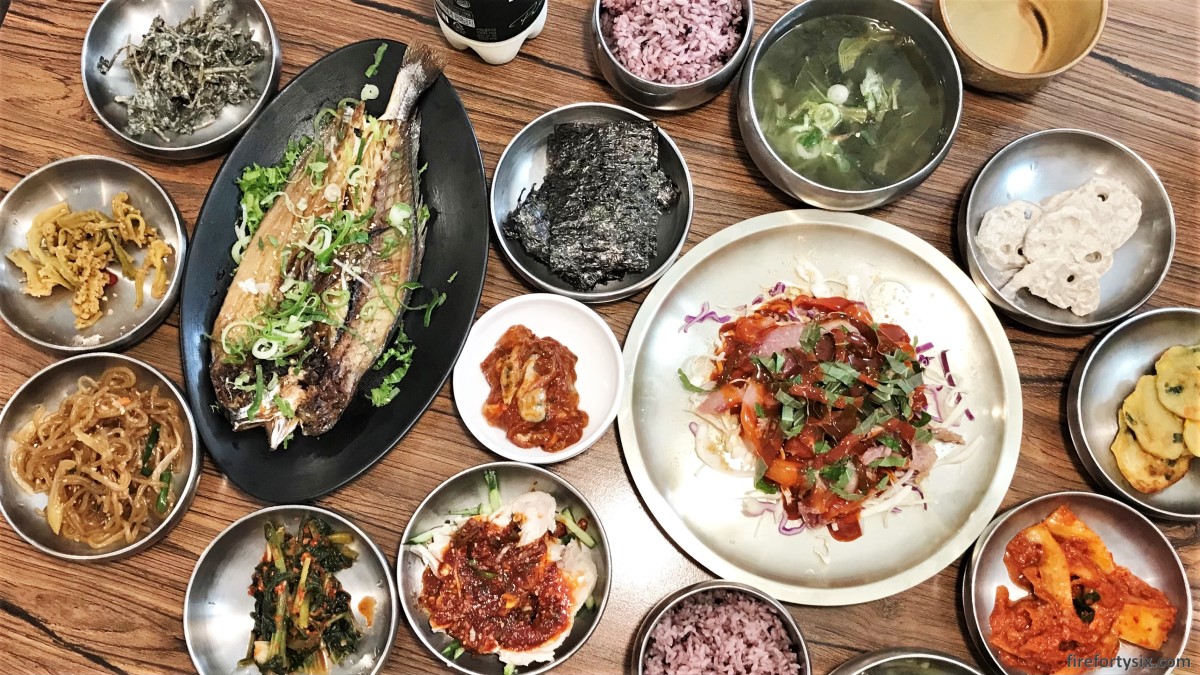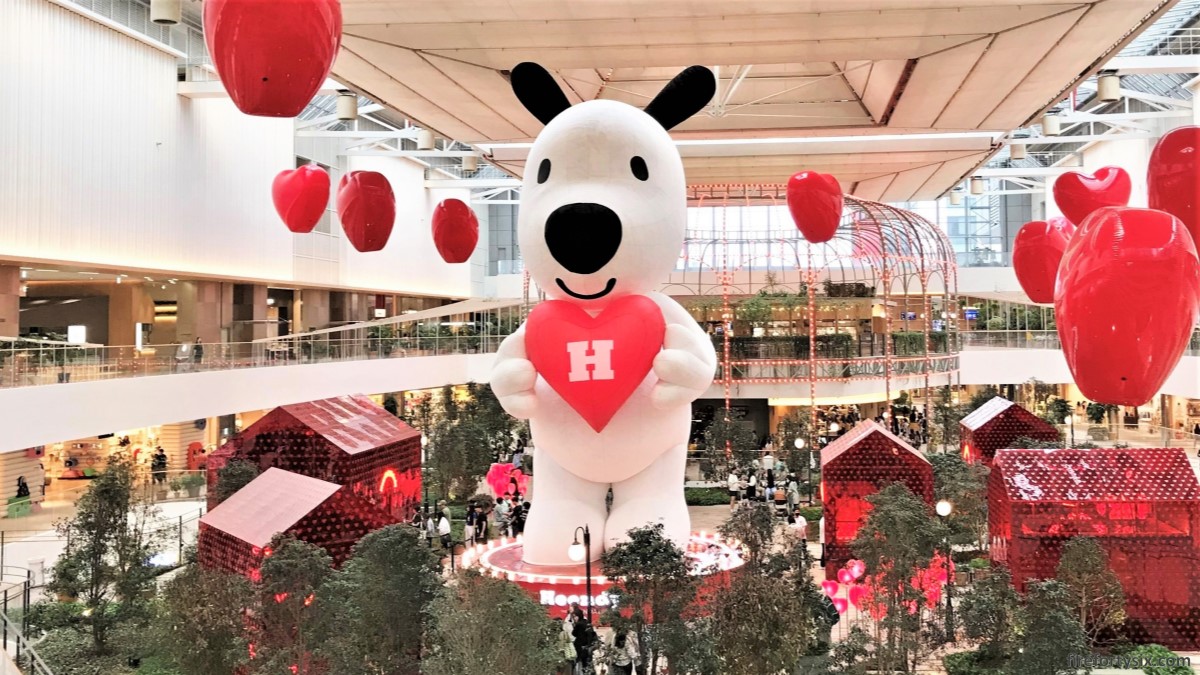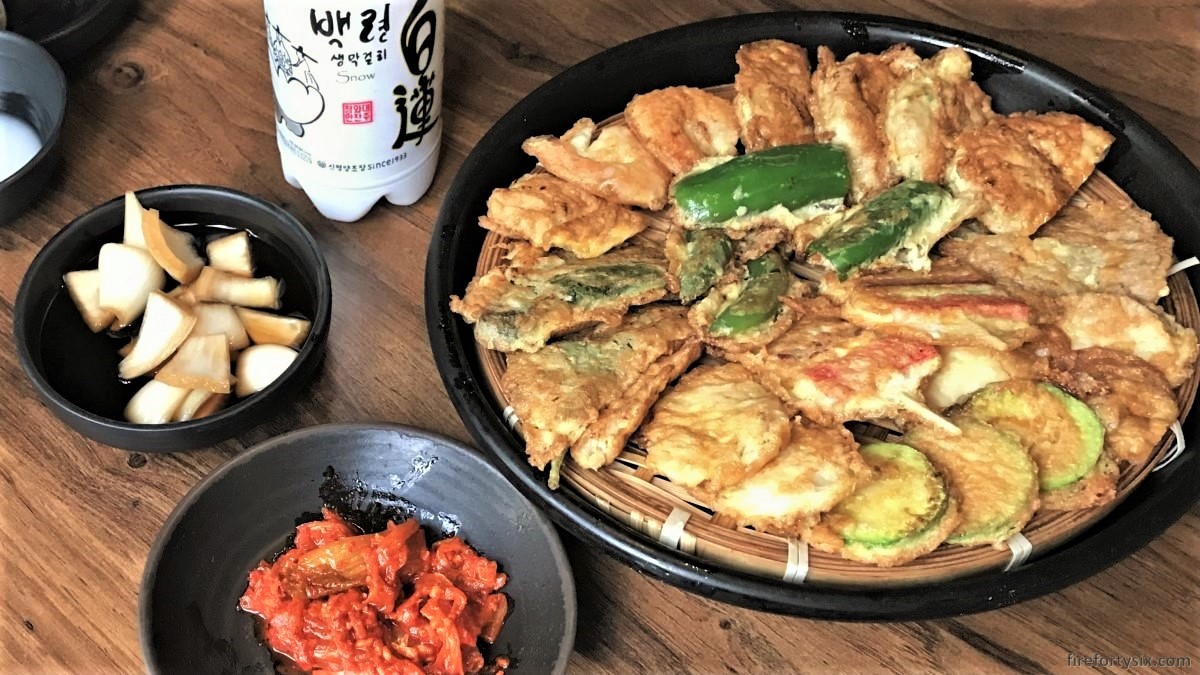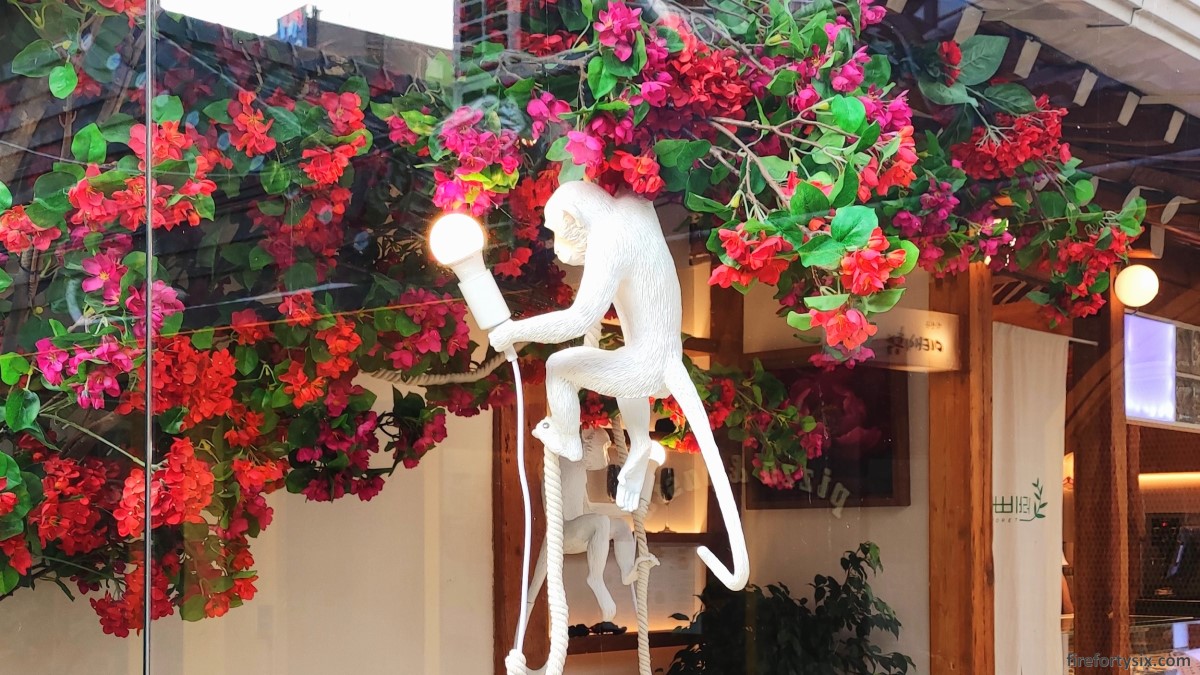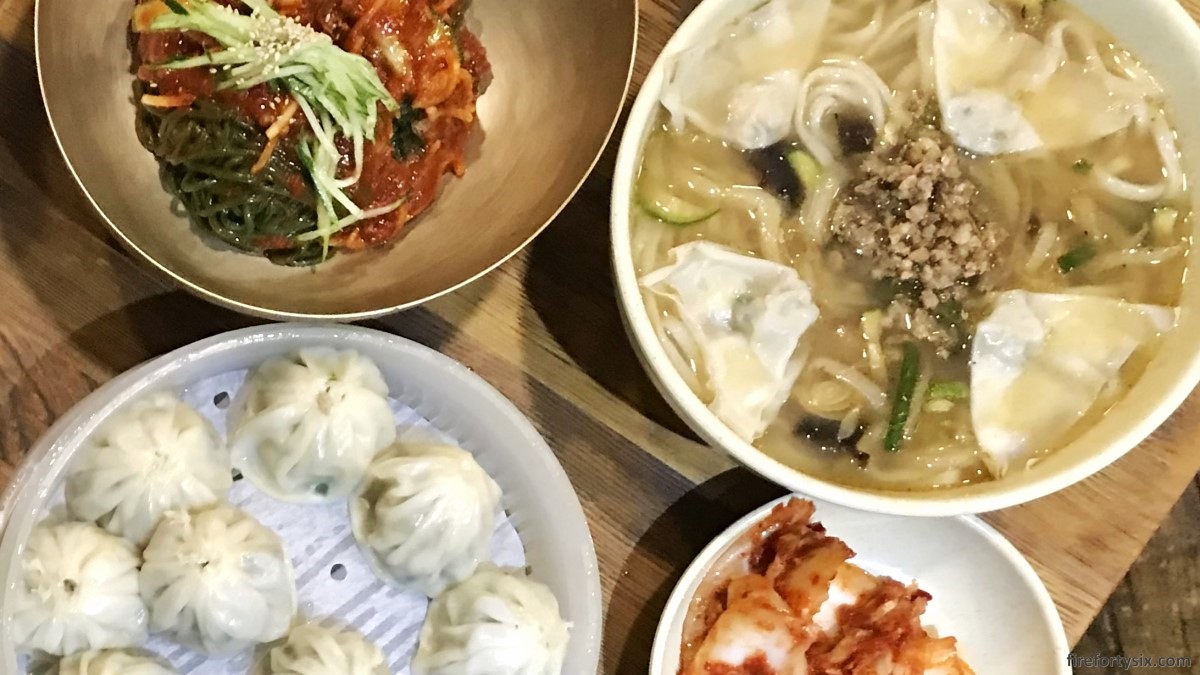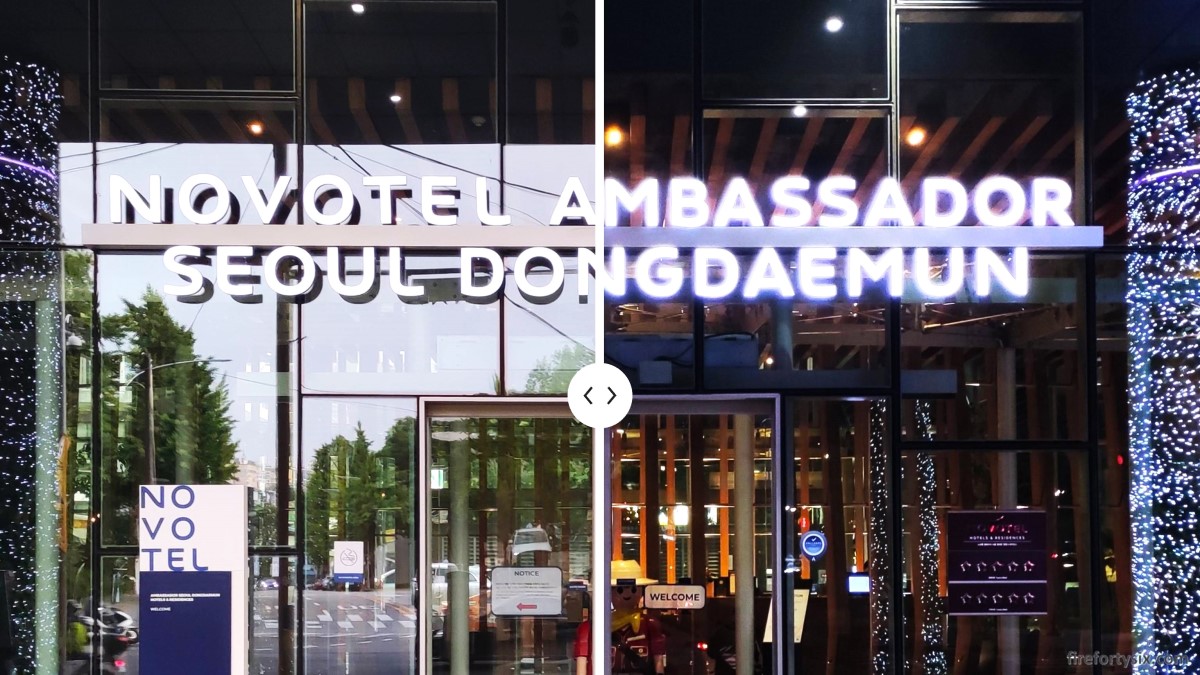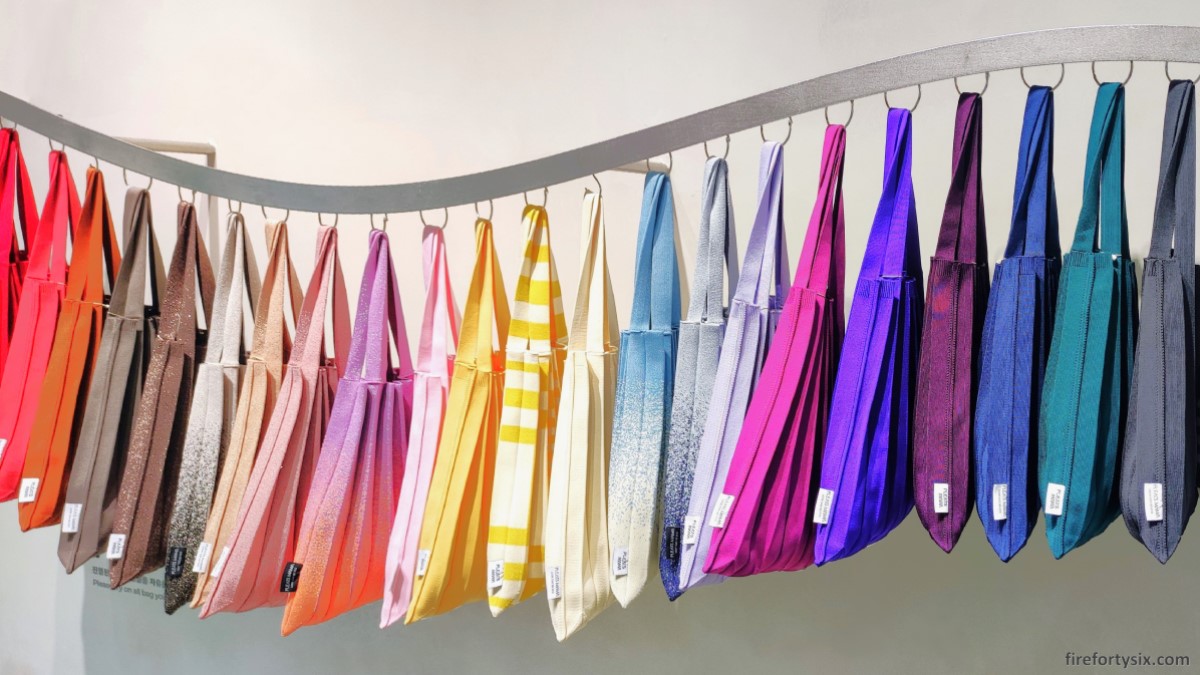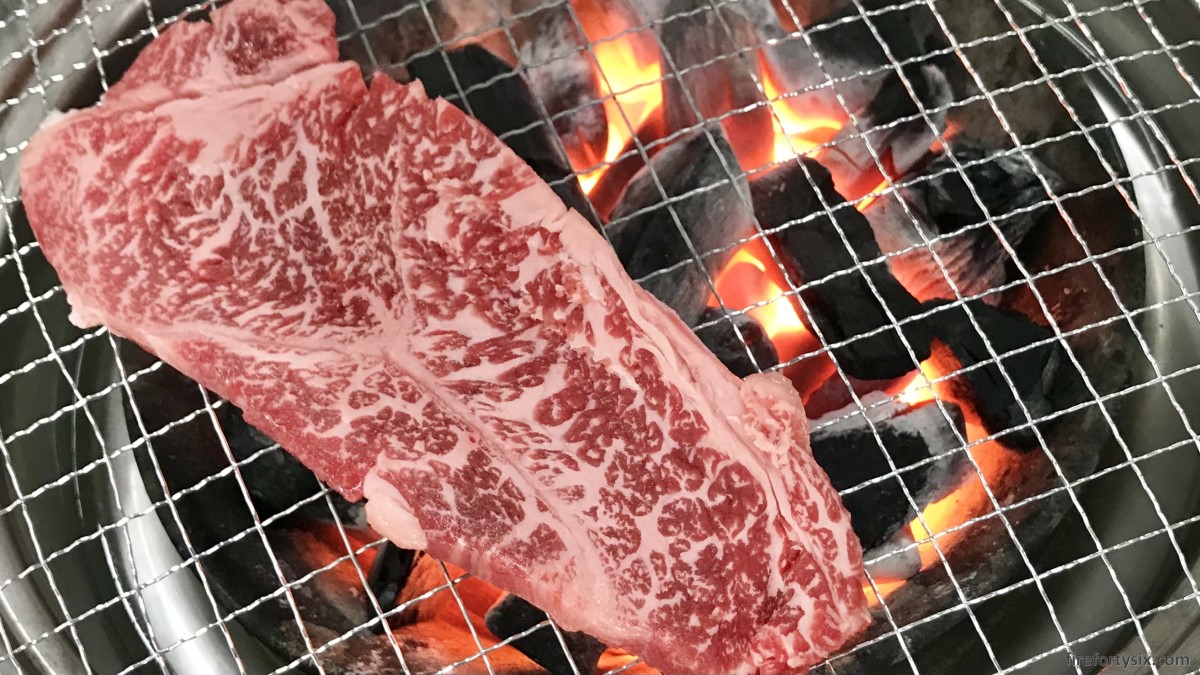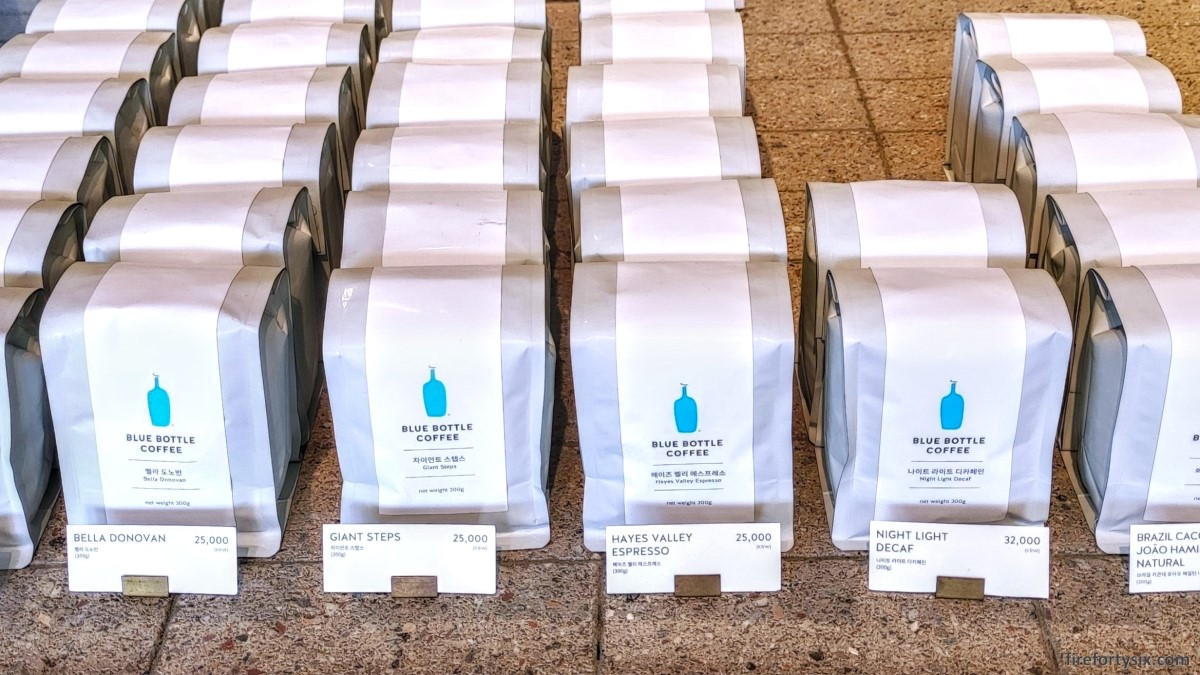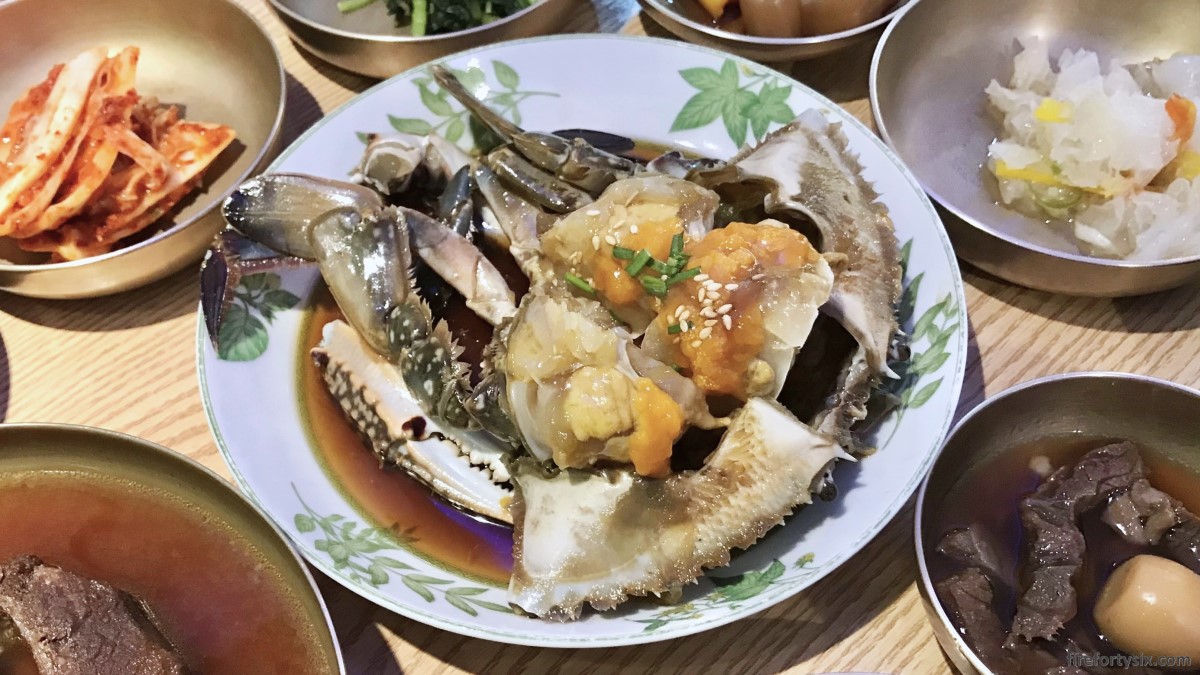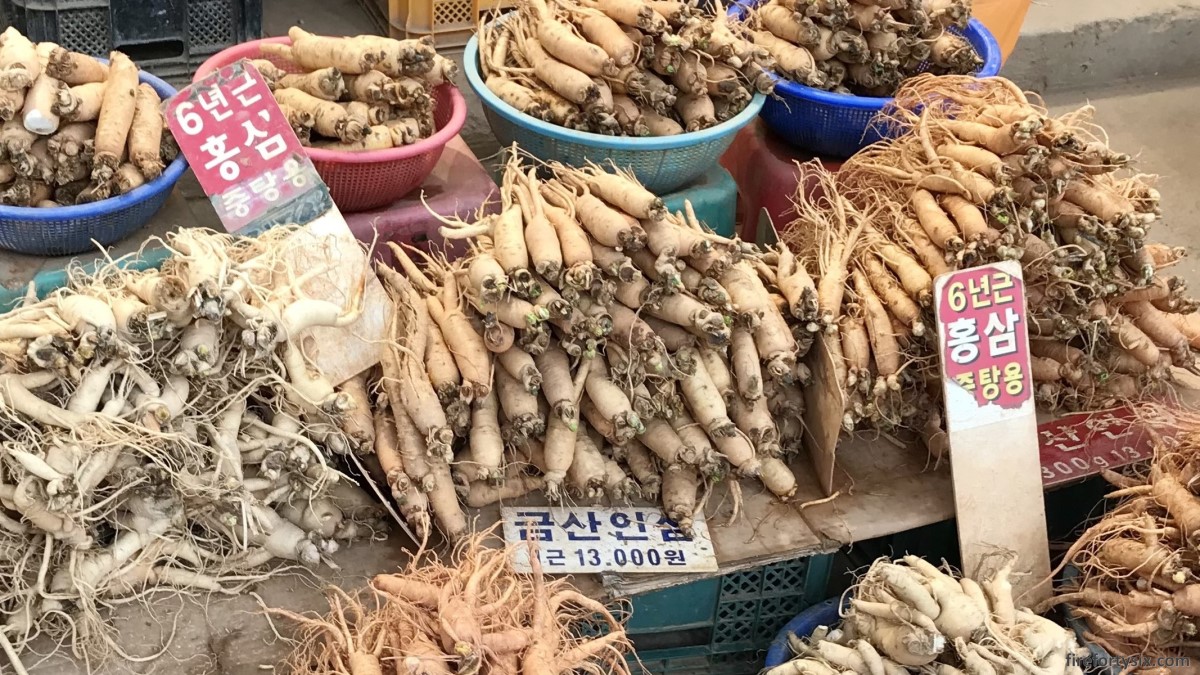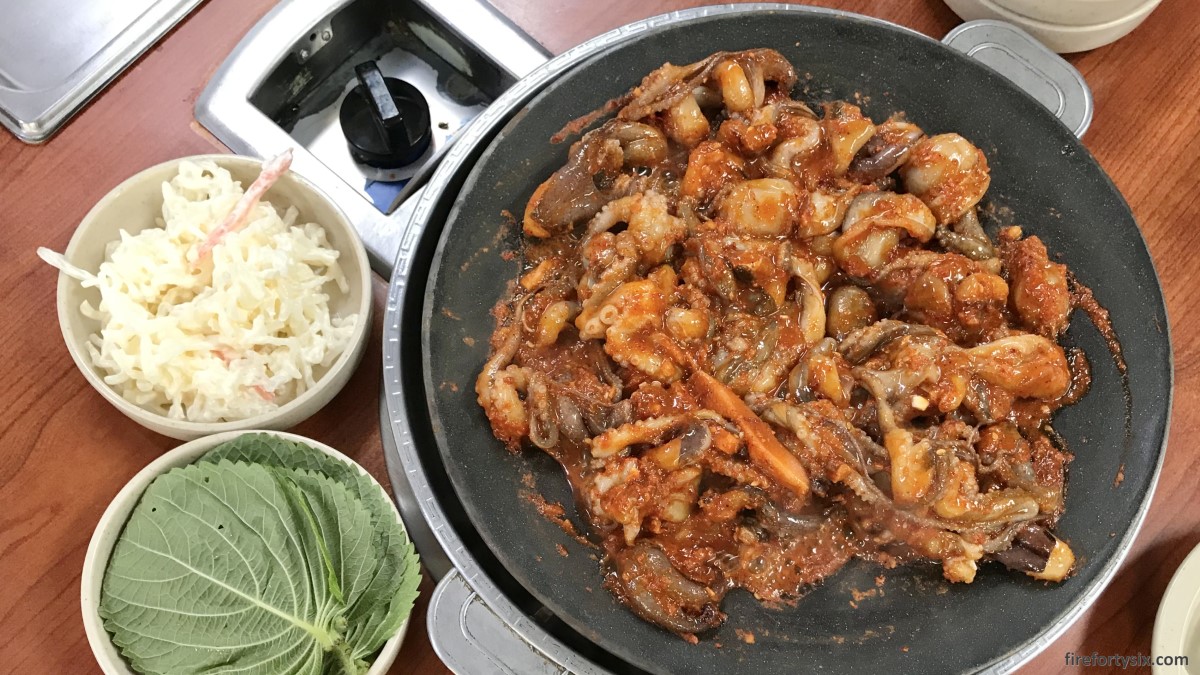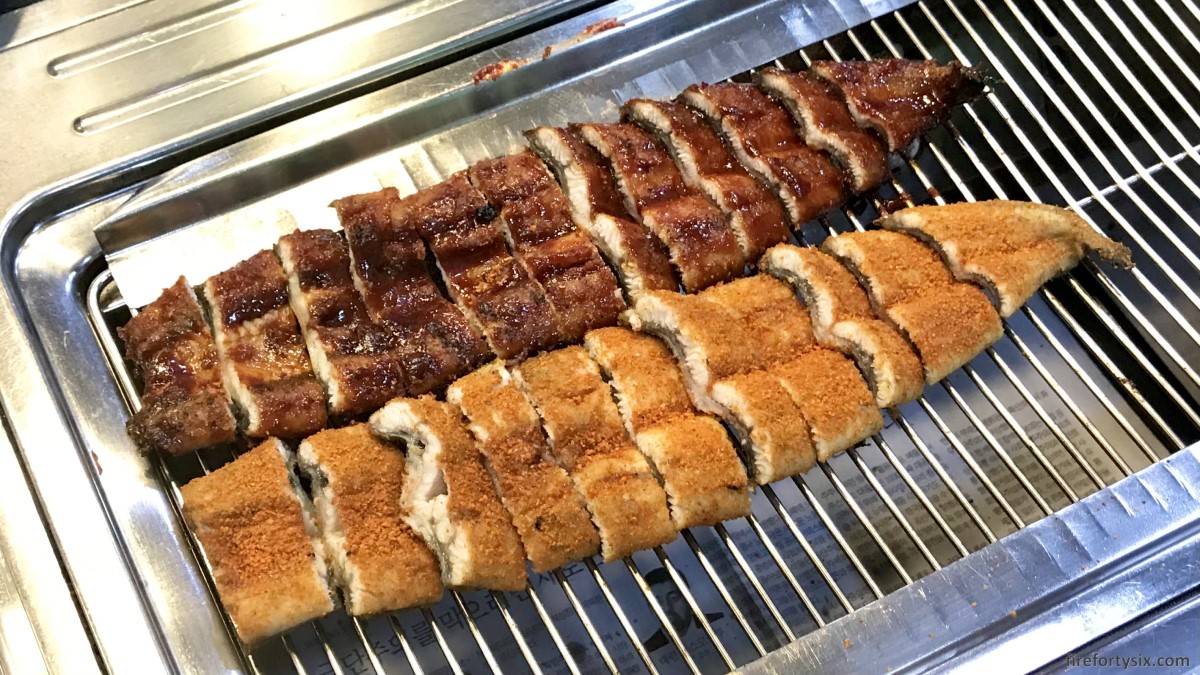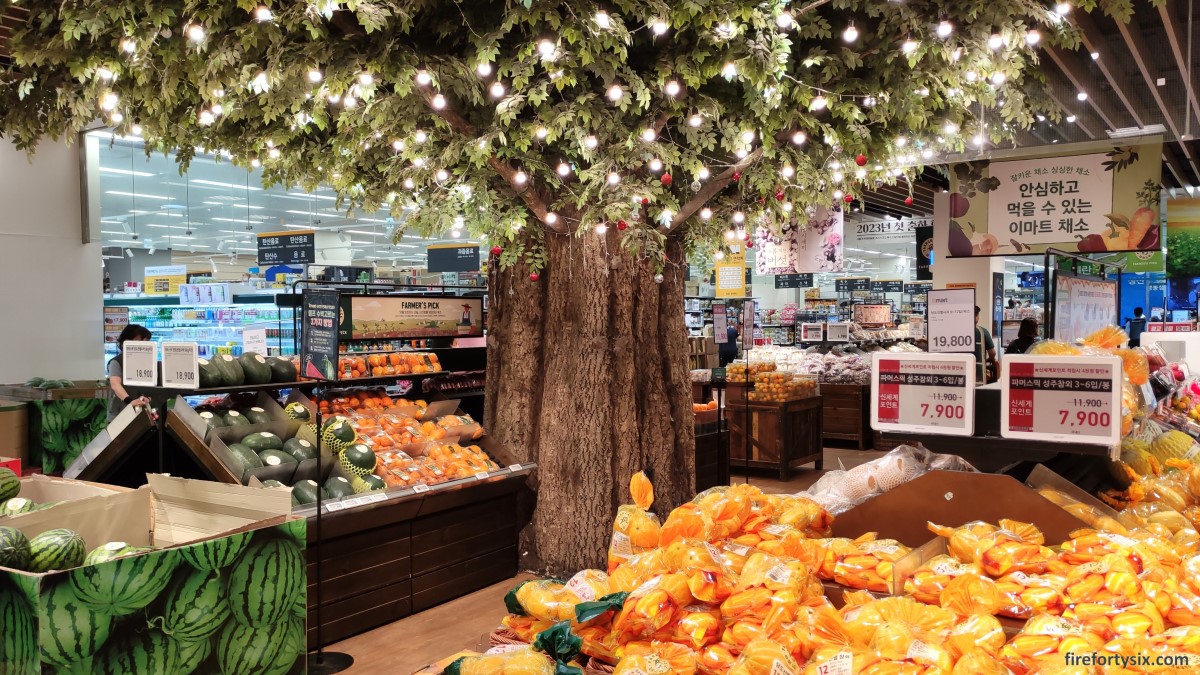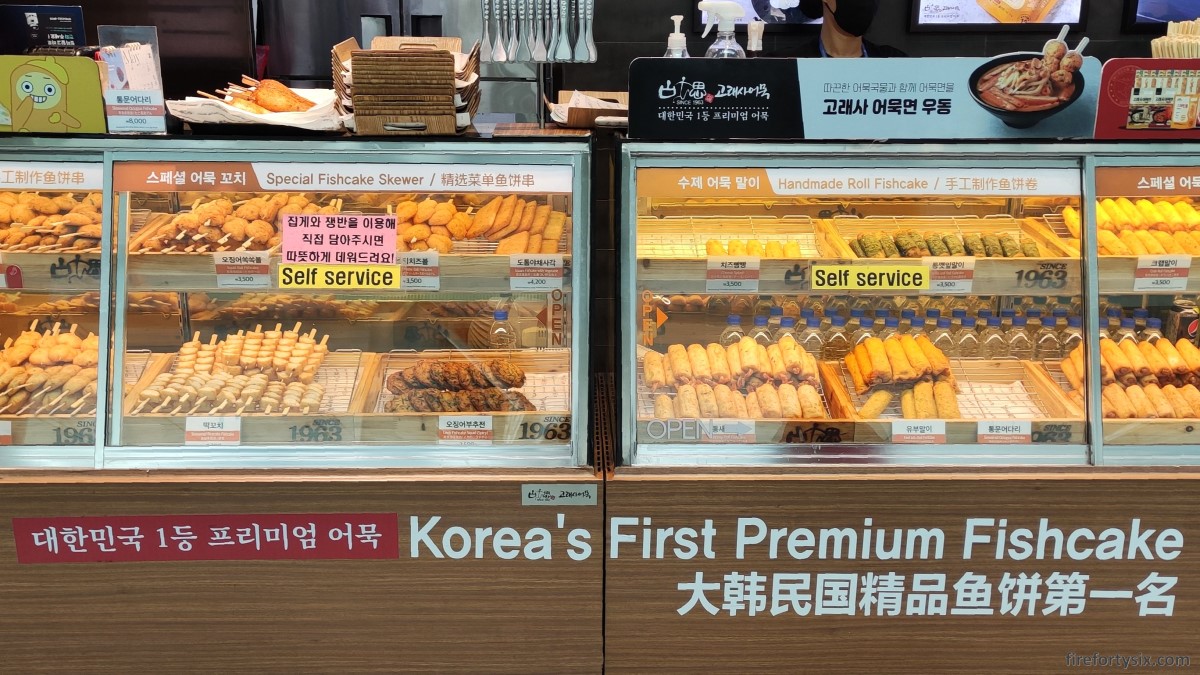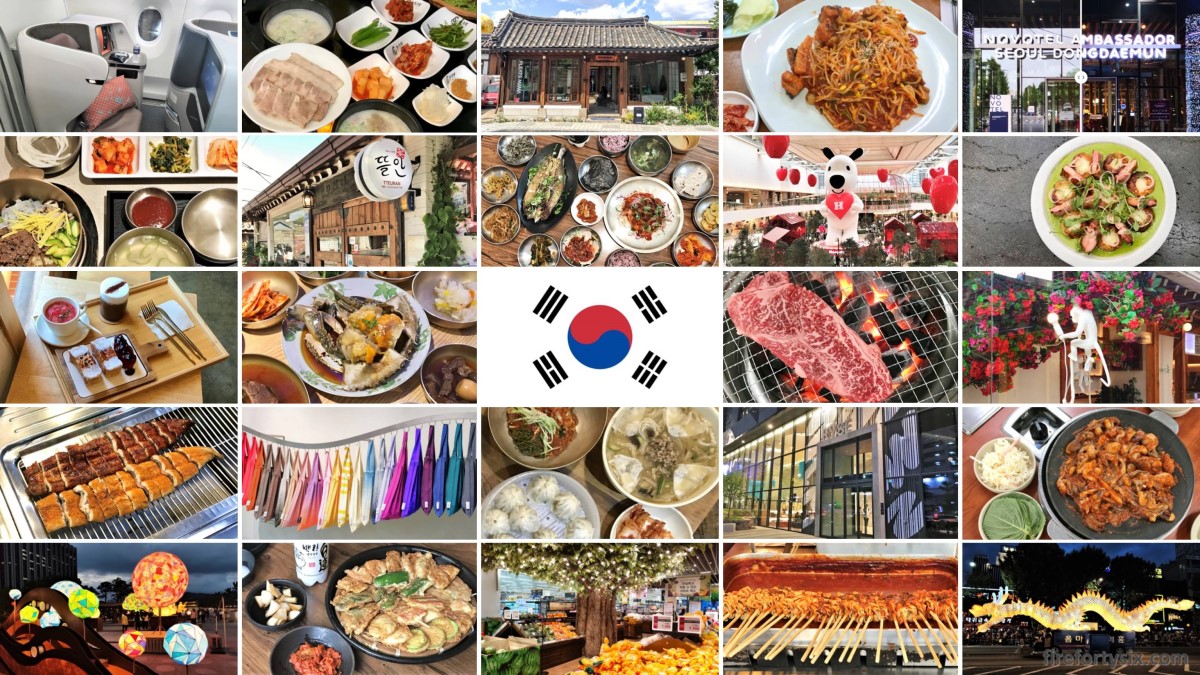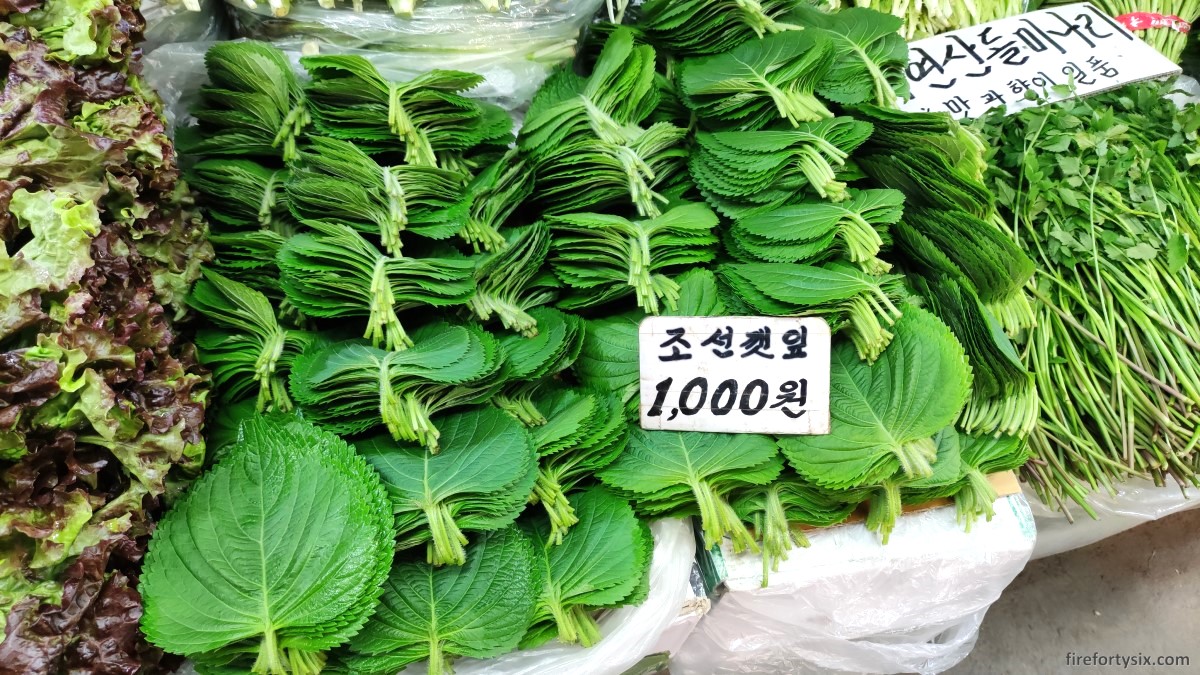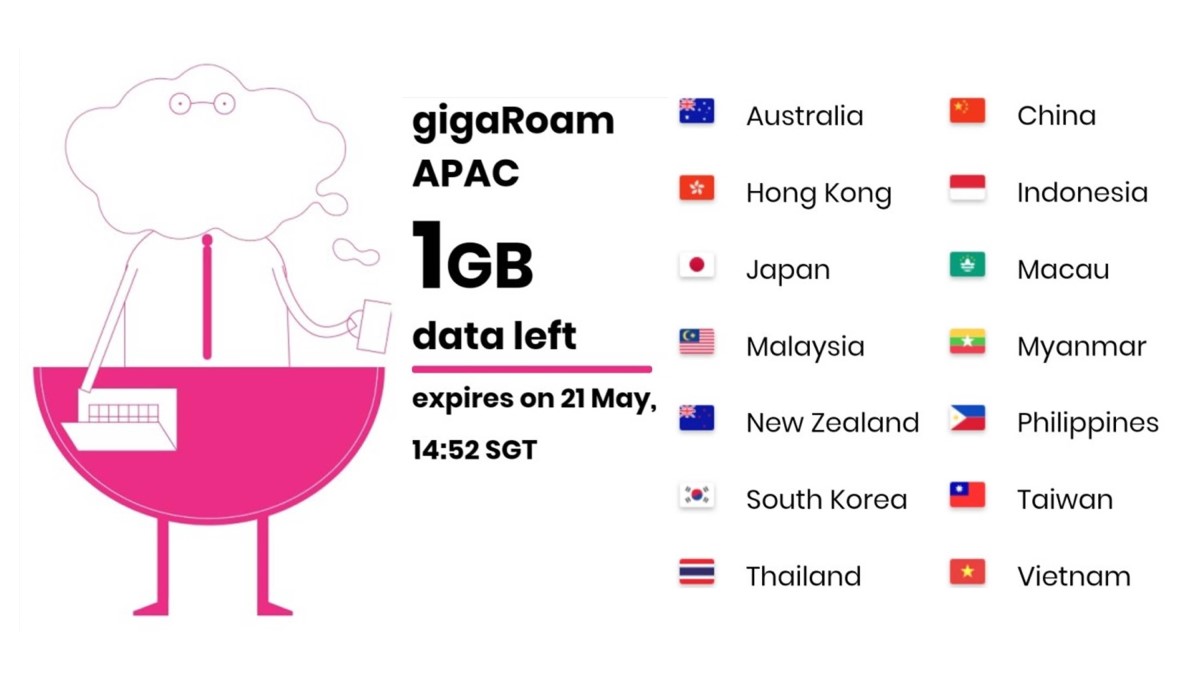Whenever we visit Seoul, one of our essential stops is the Lotte Mart at Seoul Station.
It’s a huge and sprawling store, with an 11,000 sqm second floor that sells groceries, cosmetics and daily essentials. To put it in context, that’s about the same size as one and a half soccer fields.
At any given time on any given day, you can find hordes of people wandering the aisles and filling up their shopping carts.
Ninety nine out of a hundred of them will have at least one Korean snack in their basket. The remaining one person that does not just hasn’t decided which to buy yet.
You know the phrase “like a kid in a candy store”? Well, that was basically us as soon as we stepped through the main door.
Pepero is always a given, and the only decision to make was which flavour to get. Haenam Green Tea was a limited season item and something that we had never come across before.
It was an easy choice, and three boxes immediately went into our cart. If you didn’t already know, Pepero is made by Lotte, and it was fitting that it was the first thing we chose.
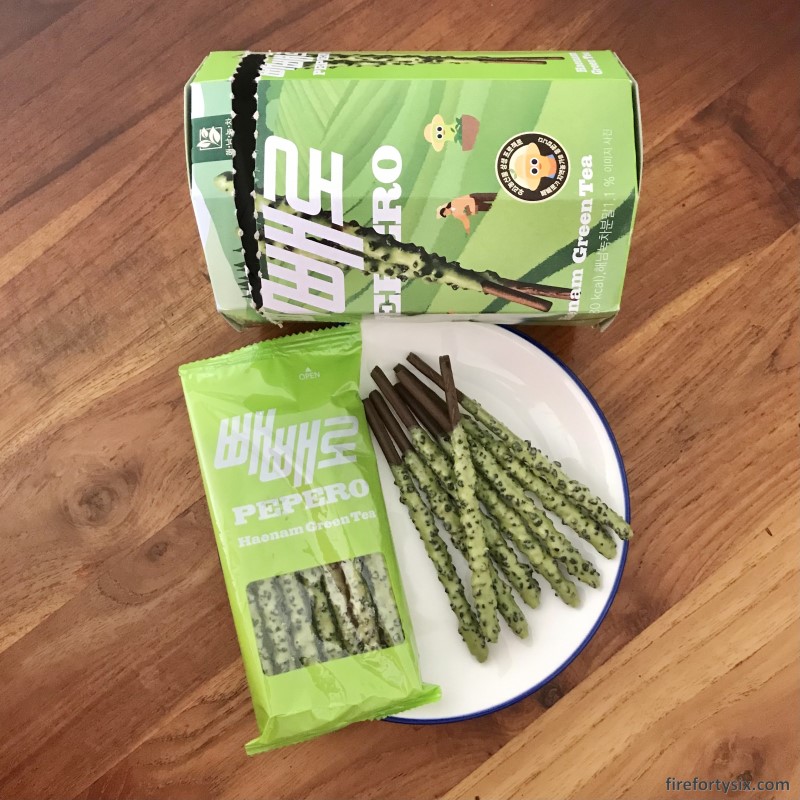
Market O was also non-negotiable, especially their Brownies and Real Cheese Chips. We managed to find the brownies and grabbed a couple of boxes. But for some strange reason, the cheese chips were nowhere to be found.
They were The Wife’s favourite, and we hunted high and low but with no success. It didn’t seem likely that such a popular product was discontinued, so perhaps they were simply out of stock that day.
As a consolation prize, we picked up a box of the almond dacquoise. After trying it for the first time, our conclusion was that we should have passed. They were alright, but honestly quite forgettable.

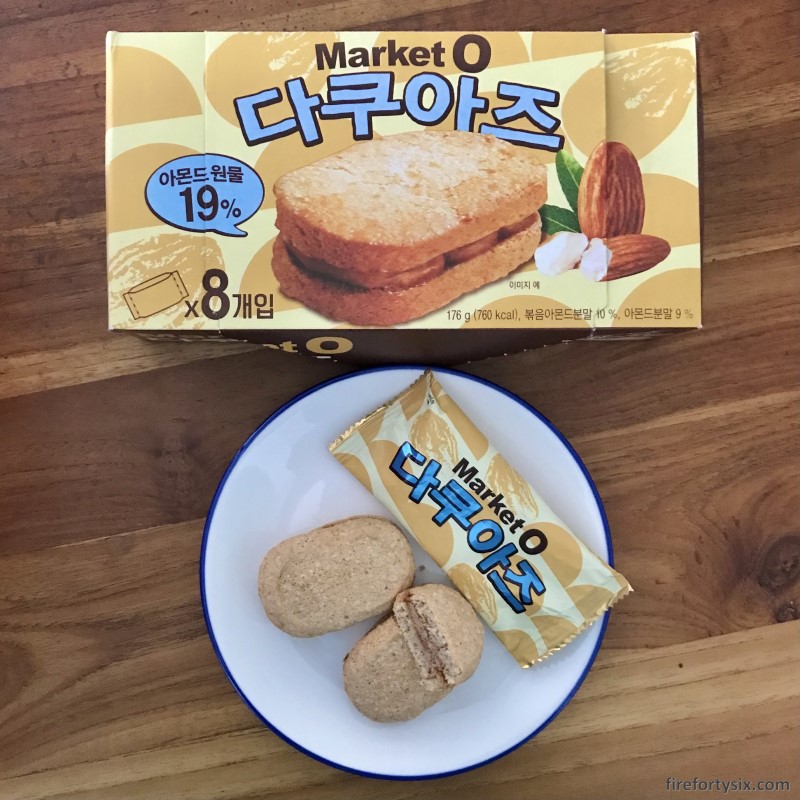
Another item that we didn’t come across during our previous trips were the cute little “fish cakes” with hotteok filling from Orion. As in mini fish-shaped cakes and not eomuk.
We only bought the one box but, on hindsight, should have gotten a few more instead. They were really delicious, and made for a nice breakfast when paired with home-brewed black coffee.
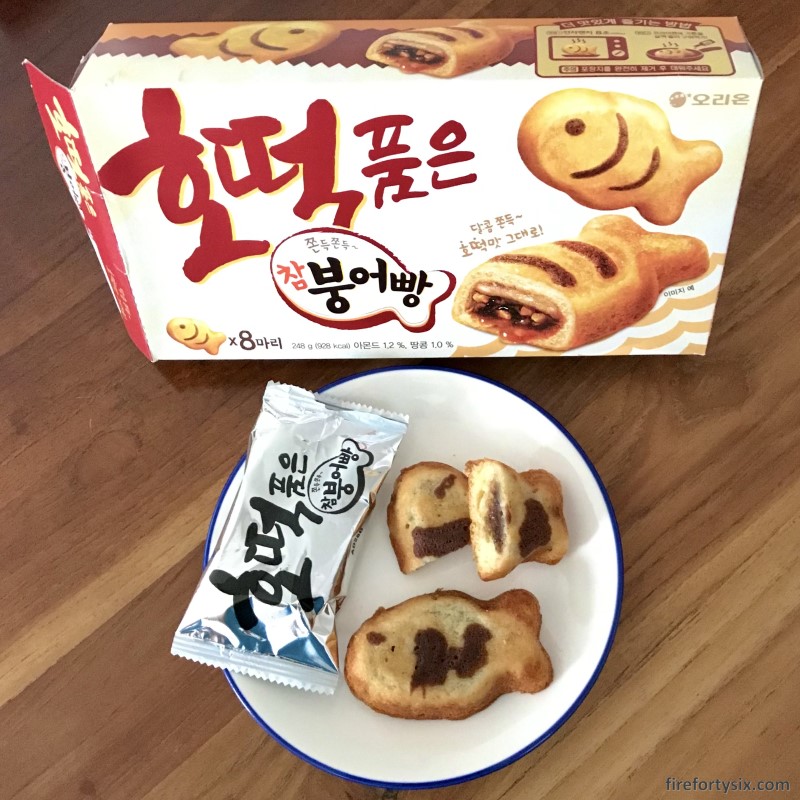
Another item that we regretted not buying more were the mini crab crackers by Binggrae. If the brand sounds familiar, it’s probably because of their highly addictive banana milk.
The crackers came in a pretty orange box, but it didn’t do the actual contents justice. Each piece of the savoury baked snack came in the form of tiny crab claws, minute crab shells or petite whole crabs.
They were almost too cute to eat, but once we got started, we couldn’t stop chucking piece-after-piece into our mouths. There’s a good chance that we might buy a dozen boxes home next time.
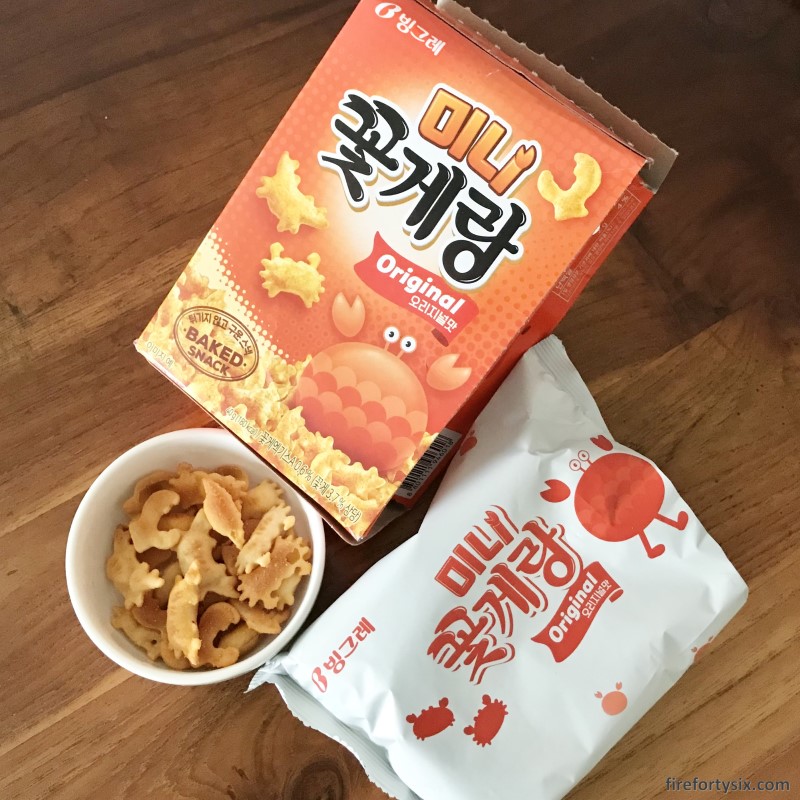
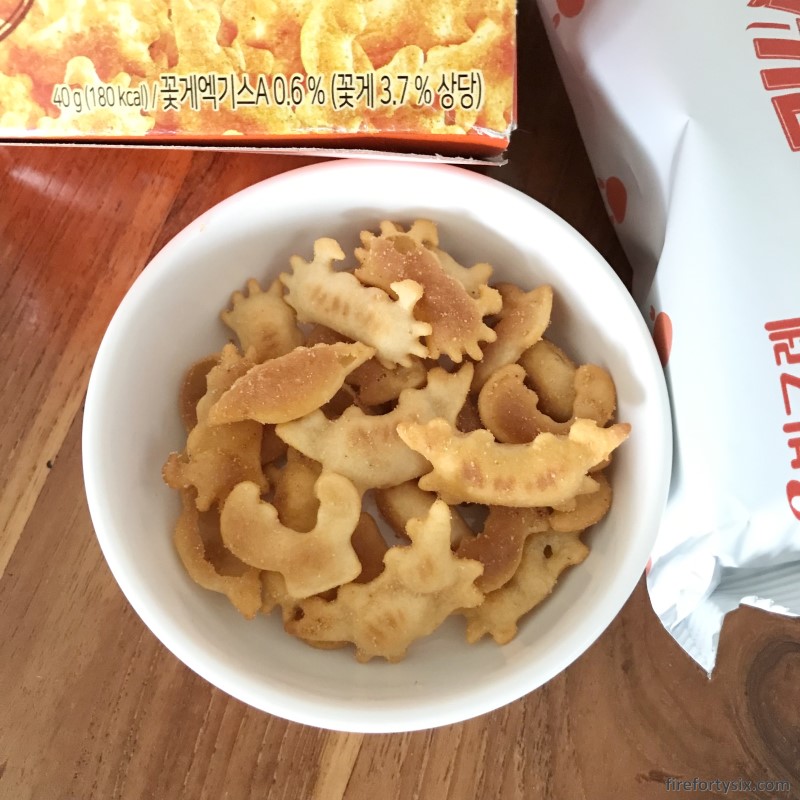
Likewise for the No Brand purple sweet potato chips.
Equal parts sweet and salty, with the distinctive taste of sweet potatoes. They were highly addictive, and we had to exert immense willpower not to finish the entire can in one sitting.
No doubt due to the use of purple sweet potato flour, which was the first item on the ingredient list. But likely also because E621 (Flavour Enhancer) was added.
You might know it better from its longer name: monosodium glutamate. Yes, that MSG. Which, when added in moderation, makes everything taste wonderful.
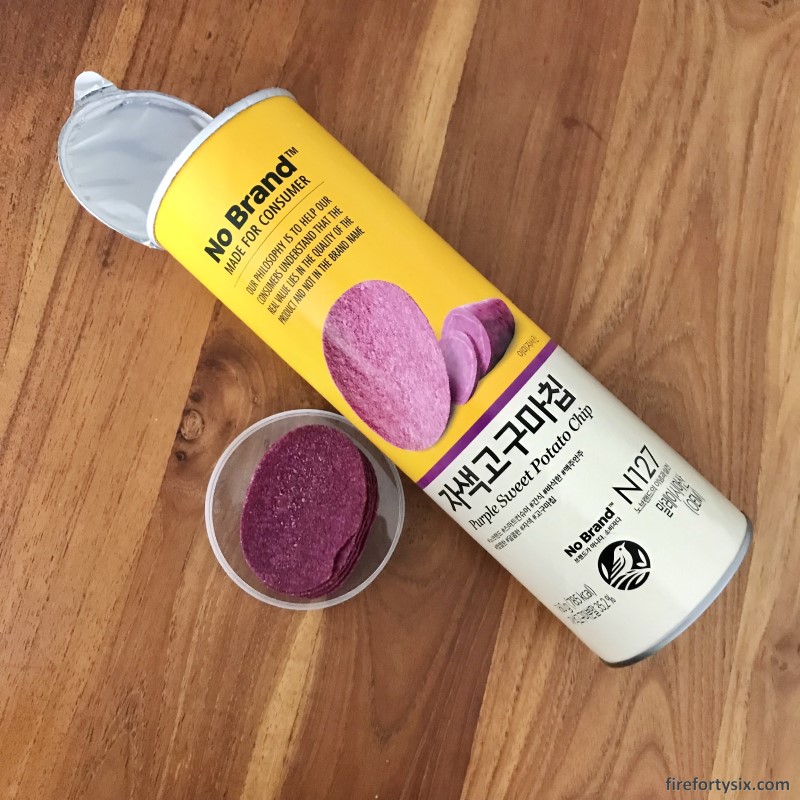
We ended our Korean snack food shopping spree the same way we started — with a product manufactured by Lotte. Specifically, the Dream Cacao Canister 72% chocolates that come in small centimetre-wide cubes.
These were one of the many chocolates that IU binged on when she was working at Hyori’s Bed & Breakfast. And if it’s good enough for Korea’s number one female singer, it’s definitely good enough for us.
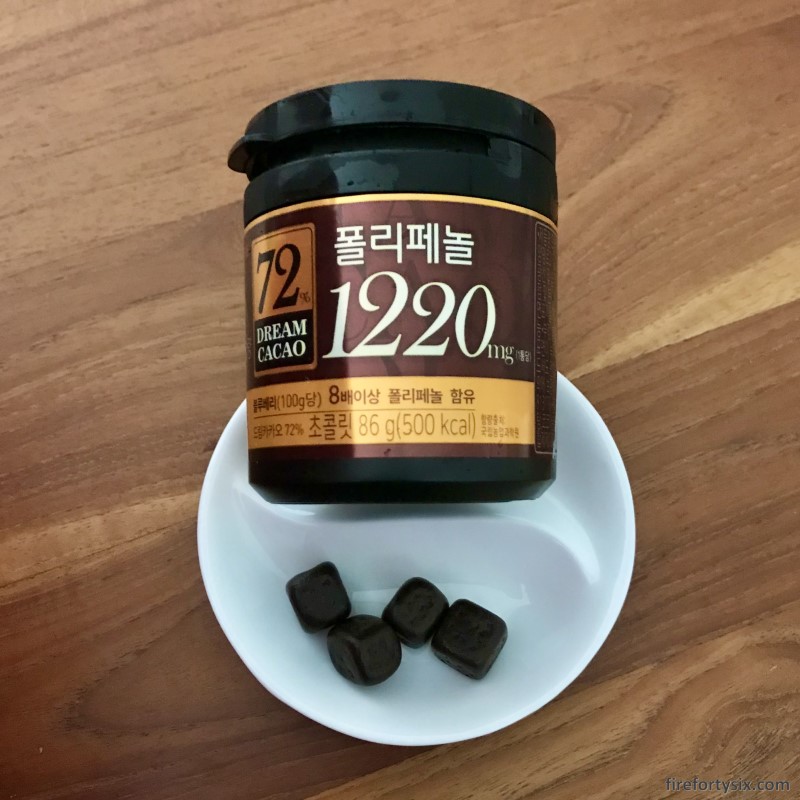
It may seem like quite a big haul, but after giving some away to family and friends, what we had left only lasted us a few weeks.
Maybe we could have stretched it out a bit longer by being less greedy more disciplined. But when faced with a convenient stockpile of addictive Korean snacks, the first thing that goes out the window is self-control.
